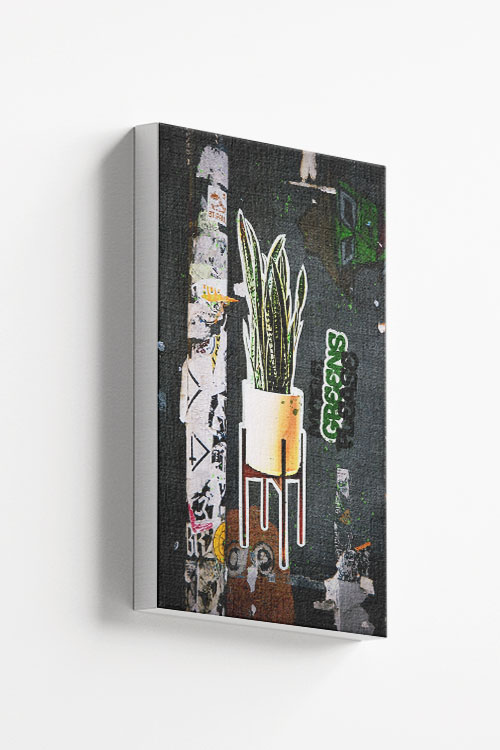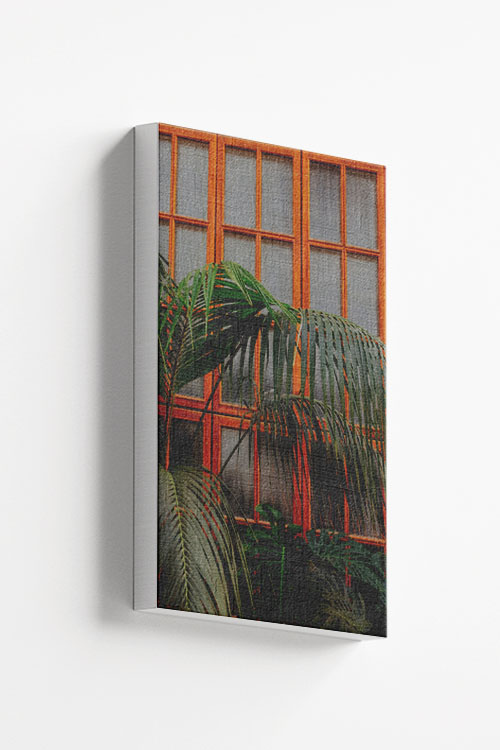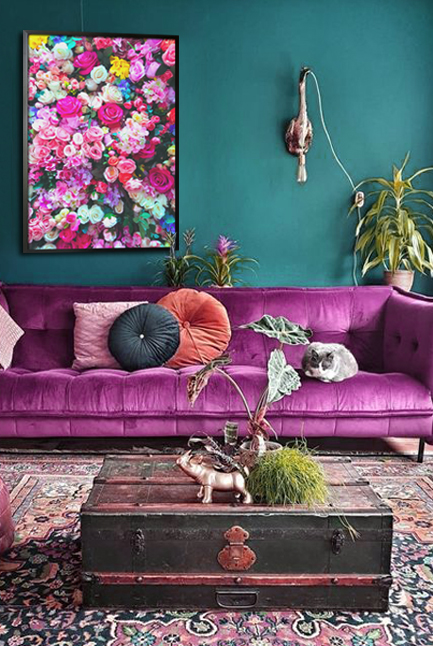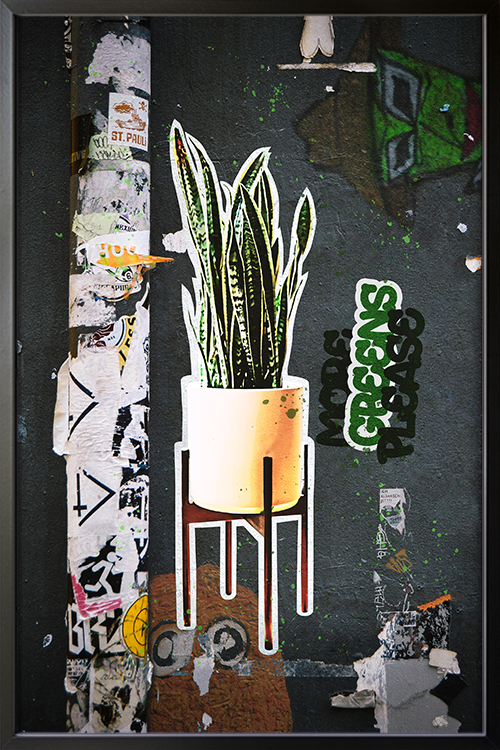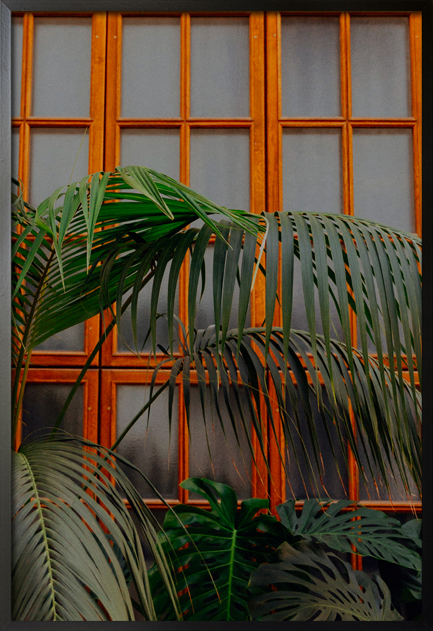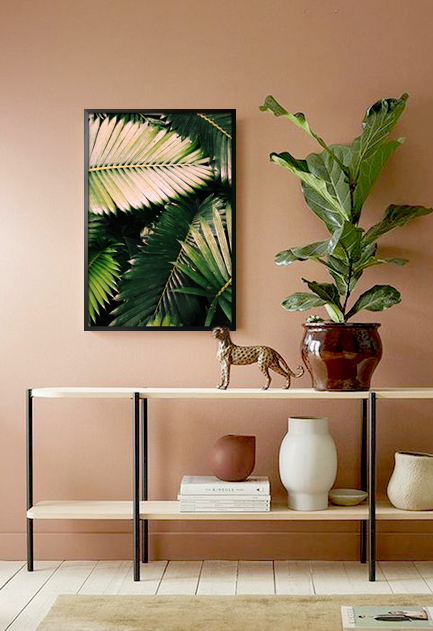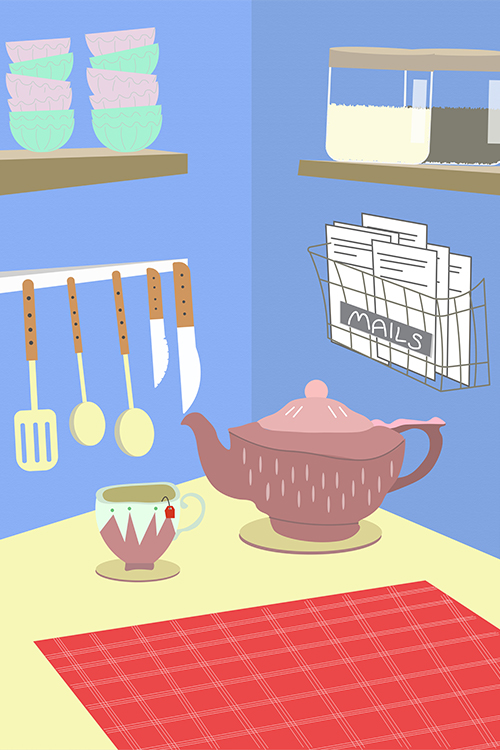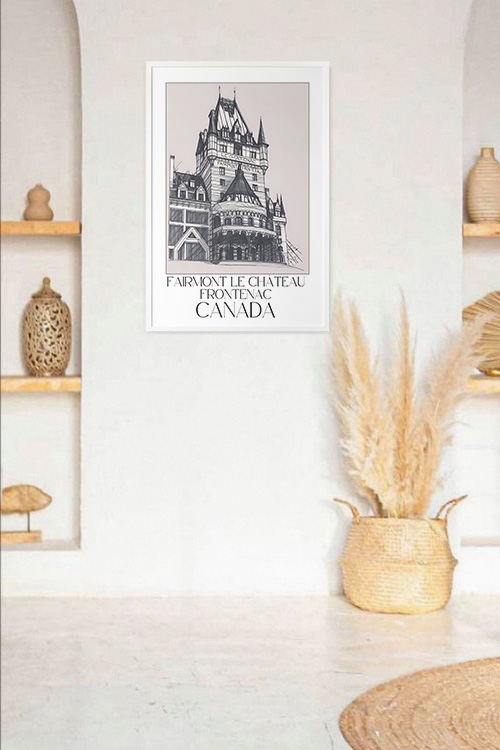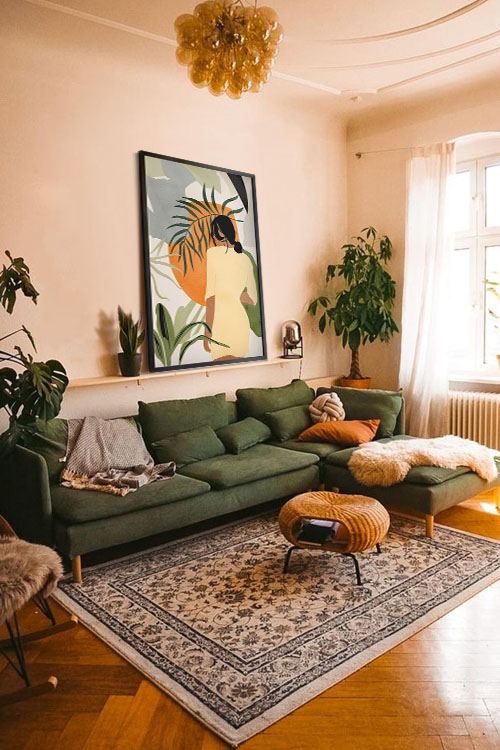
For centuries, indoor plants have been cherished as decorative elements for their many benefits to our homes. Beyond their beauty, indoor plants enhance our physical and mental well-being. They are an essential addition to our indoor spaces and workplaces.
A Breath of Fresh Air
One of the most significant advantages of indoor plants is their ability to purify the air. Plants absorb carbon dioxide and release oxygen through photosynthesis, improving air quality. Many species, such as peace lily, snake plants, and spider plants, are known to filter harmful toxins. These natural air purifiers can reduce indoor air pollution, creating a healthier environment for inhabitants.
Boosting Mental Health
The presence of indoor plants can have a profound impact on mental health. Studies have shown that being around plants can reduce stress, enhance mood, and increase productivity. Watering, pruning, and nurturing them provides a therapeutic outlet, fostering a sense of responsibility and connection with nature. Greenery has been associated with increased focus and creativity in workplaces, making it a valuable addition to the office.
Enhancing Aesthetics and Ambiance
Indoor plants are a versatile design element that can transform any space. From small succulents on a desk to large monstera plants in a living room, they add texture, color, and life to interiors. Their presence creates a calming ambiance, making spaces more inviting and comfortable. Moreover, indoor plants can soften harsh lines in architecture, bringing balance and harmony to modern designs.
Health Benefits Beyond Air Quality
Indoor plants can also contribute to better physical health in subtle yet impactful ways. For instance, plants increase humidity levels, alleviating respiratory issues and dry skin, especially during colder months when indoor heating can cause dryness. In addition, some plants, like lavender and jasmine, emit pleasant fragrances that promote relaxation and better sleep.
Low-Maintenance Options for Every Lifestyle
A common concern for many aspiring “plantitos and plantitas” is the fear of not having a “green thumb.” Fortunately, numerous low-maintenance plants cater to different lifestyles and skill levels. The resilient snake plant, drought-tolerant succulents, and forgiving pothos are perfect for beginners or those with busy schedules. With minimal effort, anyone can enjoy the benefits of indoor greenery.
The Eco-Friendly Choice
Adding indoor plants to our lives aligns with the growing emphasis on sustainability. Plants encourage eco-friendly habits, such as reducing reliance on artificial air purifiers and promoting awareness of natural cycles. Individuals can also reduce waste and contribute to a greener planet by choosing potted plants over cut flowers.
